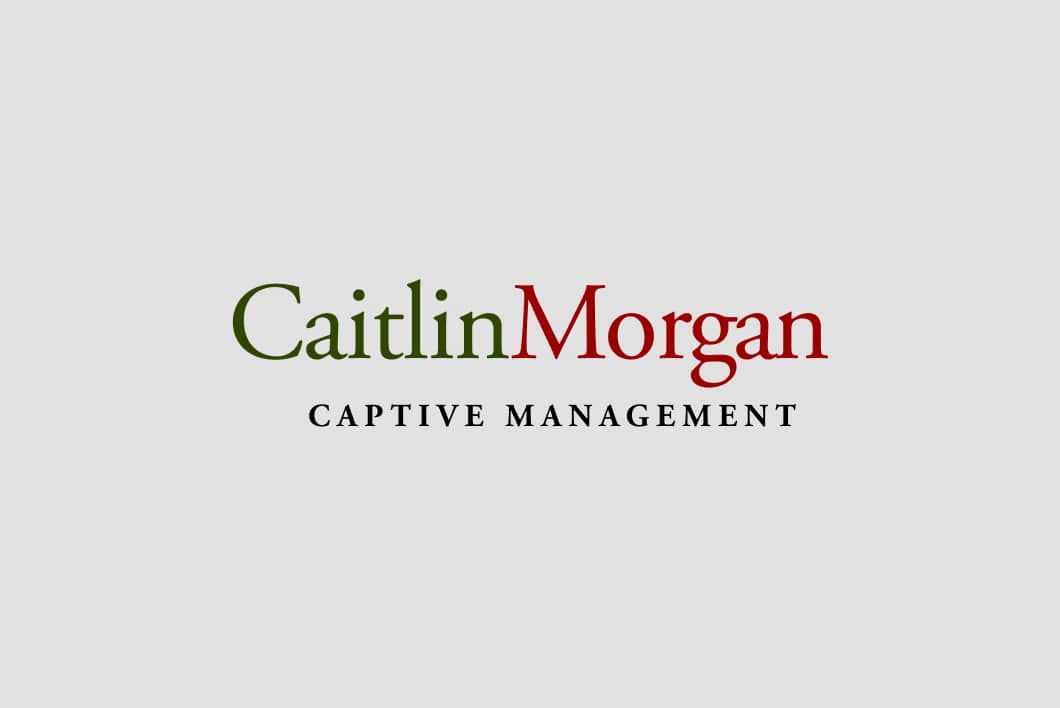Address
304 North Cardinal St.
Dorchester Center, MA 02124
Work Hours
Monday to Friday: 7AM - 7PM
Weekend: 10AM - 5PM

Insurance has always been an important part of the business landscape. Insurance protects business owners and assets against a wide range of risks, helping to provide coverage for liabilities both expected and unforeseen. Traditional insurance is not always the right option, however, and more companies are turning to captive insurance solutions. Captive insurance is a company or program established for the purpose of providing comprehensive insurance protection, regardless of risks. There are many advantages to captive insurance solutions; in this guide, we will present five important questions to ask when considering whether a captive is right for your business risks.
A captive insurance company is defined as a wholly-owned subsidiary company that provides insurance products and services for its parent. In other words, a company may establish its own insurance company for coverage, giving rise to the term “self-insurance”. This is not the only captive insurance model; one company may establish a captive for a group of similarly-sized and configured companies, allowing group members to enjoy the benefits of captives.
In general, there are five major captive insurance models:
Single-Parent Captives – captives owned by one company for the purposes of providing custom-tailored insurance services for the parent.
Multiple-Parent Captives – joint ownership of a captive by a group of companies or individuals in the same industry.
Rent-a-Captives – a captive that offers memberships for smaller companies that may not have the size or financial resources to form their own captive.
Heterogenous or Joint Venture Captives – for companies in different industries, this captive model allows for pooling of resources and robust insurance protections.
Protected or Segregated Cell Captives – a captive model that is owned by multiple entities or joined through memberships. Each member is protected from the others in terms of assets, liability exposures, and claims.
The advantages of captive insurance solutions are many, and include favorable taxation, profit-sharing, and insurance tailored to the unique needs of the parent company or captive member. Captives may offer lower premiums and more availability when compared to traditional commercial insurance options.
Now that we understand the role of captives and the most common captive models, many companies may wonder if this insurance solution is right for them. Despite the many advantages of captive insurance solutions, this reinsurance model is not right for every business interest. Five factors to consider are:
When these factors are considered, captives represent a viable alternative. The captive insurance market is growing rapidly, making this insurance solution not only an attractive option, but one that can provide the dedicated coverage and cost benefits companies need to thrive in competitive marketplaces.
Caitlin Morgan Captive Services provides clients with captive insurance solutions supported by years of experience in establishing the successful formation and implementation of a wide range of captives. To learn more about how we can help you, please contact us at (855) 975-4949.